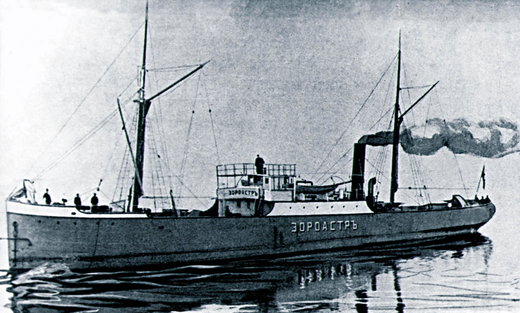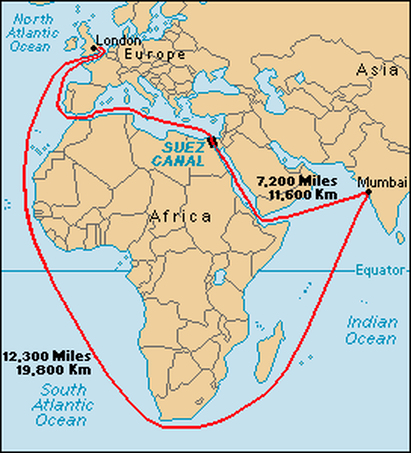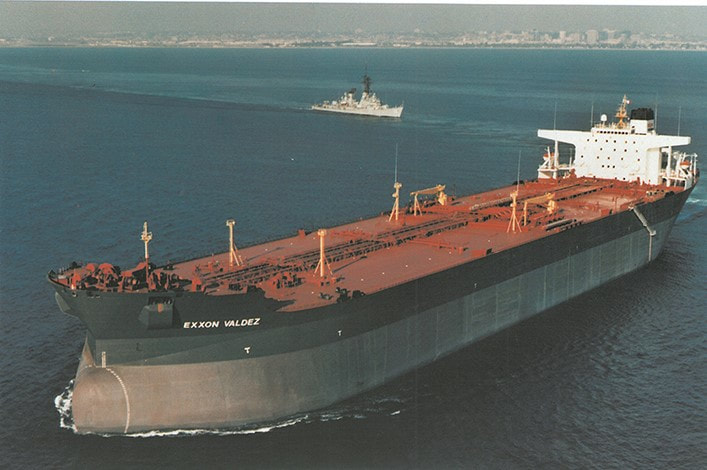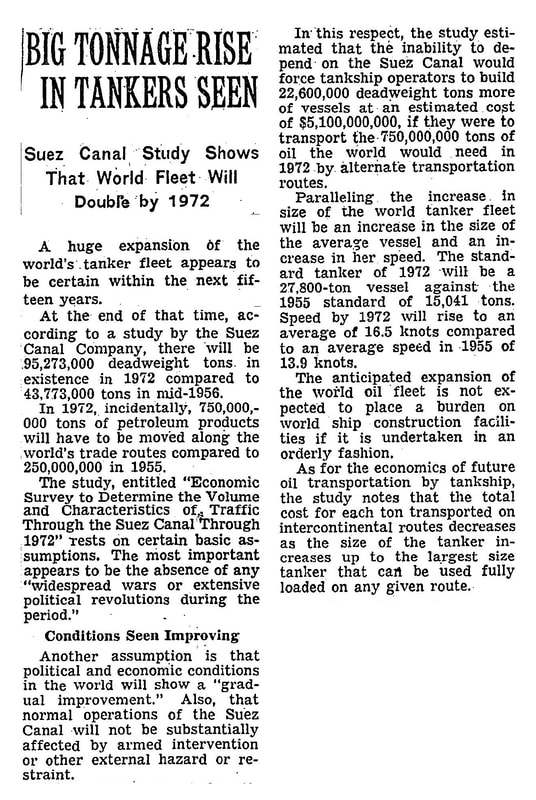Supertankers
Oil-transporting ships evolved from the first supertanker, the Zoroaster, built in 1878. During the Suez War in 1956, the Suez Canal temporarily closed, forcing tankers to navigate around the Cape of Good Hope. No longer constrained by the Suez Canal’s size limitations, shipbuilders began designing larger tankers.
Tankers' Size Increases
|
Supertankers grew as technology and shipbuilding materials advanced. The ability to carry more oil each trip compensated for the additional cost of constructing larger tankers.
|
Tankers: The Comprehensive History of these Massive Vessels, 2017, YouTube
|




